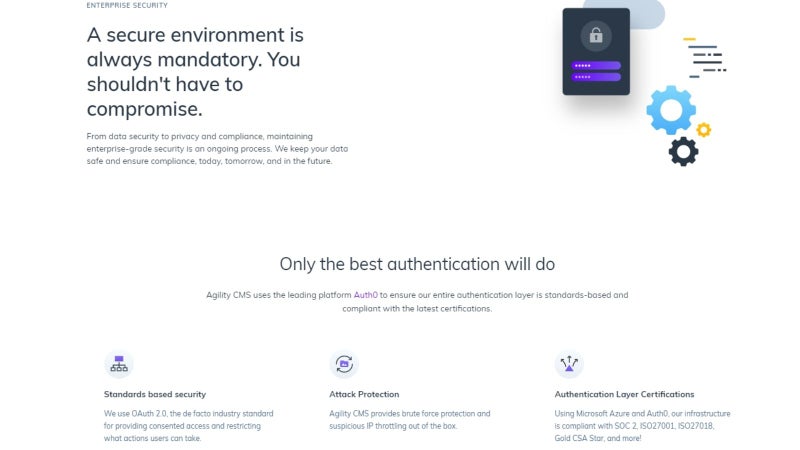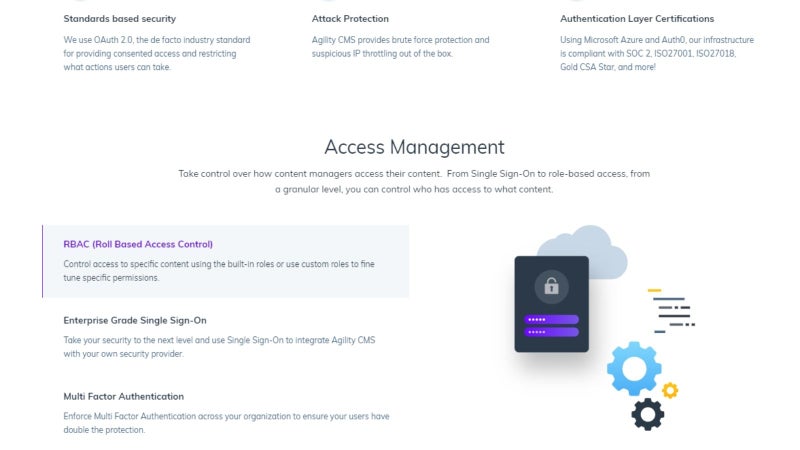In today’s world, organizations can never be too careful when it comes to the security and quality of their systems and networks, and the weaknesses within them.
Cyber-attacks (such as eCommerce cybersecurity threats) occur on a daily basis, and attackers are relentless when it comes to exploiting the vulnerabilities of a business. With the advancement of technology and Artificial Intelligence (AI) software, hackers are getting smarter and more sophisticated by the day.
This is why it’s important that the strength of your networks and software stay intact at all times. It’s crucial that you are aware of any weaknesses within your systems to be sure that they’re resolved as quickly as possible.
This is where penetration testing comes in.
Testing systems is a crucial part of running a successful business. From a penetration test to a software regression test, they’re all important and have their own place in a company’s processes.
Testing your systems regularly could help you avoid a potentially catastrophic cyber-attack and ensure you are prepared if you ever fall victim to one.
So, here’s the ultimate guide in understanding penetration software steps to help you keep on top of everything.
What is penetration testing?
Penetration testing (also known as pen testing) is a way of identifying and investigating weaknesses in your computer system. It’s the process of intentionally simulating a cyber-attack against your networks and software. This would usually be carried out by an experienced team of IT and security experts.
This is a controlled form of ethical hacking where the individuals carrying out the “attack” will find and test your system’s weak points. For example, this test could identify flaws in your software or determine how vulnerable you are to phishing emails.
Understanding the ins and outs of your system can also help you learn how to boost traffic and improve your product UX.

Why is penetration testing important?
Penetration testing may seem like a lot of hard work and preparation; however, it’s crucial to ensure the security of your systems.
By pinpointing every weakness within your infrastructure and software, you’ll then be aware of any areas that could potentially be exploited by cyber-criminals. This will allow you to fix any system issues before a real cyber-attack can take place.
Identifying and resolving any cyber problems is fundamental to your company’s security. A cyber-attack can happen to any organization at any time, and the results of such attacks can be devastating.
Preparing your IT staff for a cyber-attack can also make them feel more confident in their work and create a quality culture in your organization.
How often should penetration testing be done?
Penetration tests should be performed regularly to keep on top of your organization’s security. However, the exact frequency of these tests will depend on your trade, industry, and network.
Some companies may have to carry out penetration tests to meet their compliance regulations requirements. In this case, testing must be undertaken in line with these regulations. For example, a company that provides VoIP call center solutions will have different requirements to a lawyer’s office.
Failure to conduct a penetration test regularly may result in cyber-attackers exploiting vulnerabilities within your systems before you’re even aware of them. Regular testing will ensure that you’re up to date with any system flaws and can implement resolutions in a timely manner.
It’s also a good idea to test the security of your systems whenever any changes are made. For example, you should test whenever a new application is added to your network or if a security patch is applied.
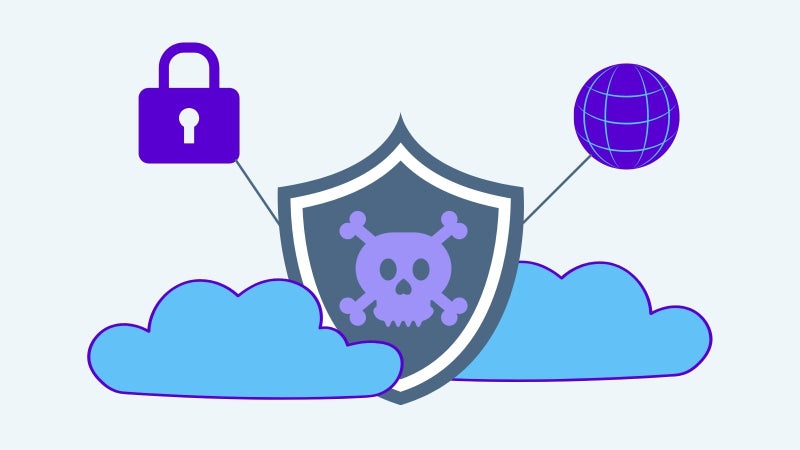
Penetration testing methods
There are various methods of penetration testing. The method you use will depend on your industry, the systems you have in place, and what you are looking to test. For example, agile testing may suit your business and the way it operates.
Below are some of the main testing methods you could use to improve the security of your network.
External testing
External penetration testing simulates an attack on the company’s online assets. For instance, they could retract information from SaaS landing pages. This method uses procedures that are performed outside the organization’s software. The aim of this is to access business information and obtain valuable data.
Internal testing
This method of penetration testing is performed from within the organization’s system.
This test will demonstrate the consequences of employee log-in details and/or credentials falling into the hands of cyber-attackers. This could also prepare the business security systems if an outsider were to successfully penetrate the internal software or network.
Blind testing
For a blind penetration to be successful, the tester-attacker would be given very little to no information on the business in question. Instead, they would need to be provided with the name of the organization and tasked with finding all other necessary details themselves.
They would do this by using publicly available information and “attacking” the business through vulnerabilities they find as a result of this information.
This is a valuable testing method for identifying real weaknesses within your security structure and can give you some insight into how a real-life cyber-attack would play out.
Double-blind testing
This is similar to the blind testing method however, in this scenario, both parties are unaware of the testing activities. With the exception of a few senior members of the organizations, there will be no prior warning to this attack simulation.
The IT and security teams will be responding to this “attack” in real-time, and will not be given any prior notice to prepare.
This is a useful testing method if you’re looking to examine the strength of your defense strategy. If the test doesn’t go well for you, it will allow you to make the necessary changes to ensure your team reacts better to a real-life cyber situation.
Targeted testing
Targeted testing requires the collaboration of the business IT team and penetration testing professionals. Not only can this method help you better understand the security level of a specific system, but it can also provide instant feedback as from a hacker’s point of view.
There is a limitation to this penetration testing method, however. Usually, it doesn’t offer a complete view of your company’s security systems and weaknesses compared to other methods.
Types of penetration testing
Moving on from methodology, there are also several types of penetration testing that can help testers customize the test relevant to their business.
Here are some of the main types of penetration testing.
Network infrastructure
This is the most common type of testing. It involves locating security vulnerabilities and weaknesses within a network infrastructure.
This type of test can be done using an internal or external method and can involve intercepting network traffic, testing routers, and obtaining credentials. It can take advantage of the website personalization tools and use them against you.
Web application
This is a very important type of penetration test as most businesses use more web applications now more than ever before.
These applications are extremely complex therefore this type of testing can be very time-consuming. This is why it’s crucial to consider all options when building an app as a startup.
However, it is crucial for businesses to conduct web application testing as their mere existence increases the risk of a cyber-attack.
Social engineering
Social engineering tests imitate typical attacks such as phishing and pretexting.
These sorts of attacks aim to convince employees to complete an action (for example, clicking an emailed link) that would allow attackers to access and compromise the system.
This test would give employers a good idea of how impressionable their staff may be to these attacks. These incidents may only require a small action from an easily-fooled employee but the costs can be substantial.
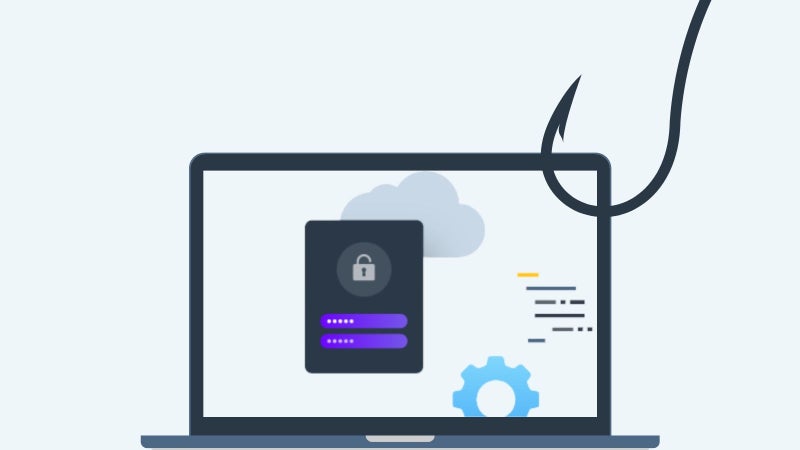
Physical testing
An often-forgotten type of penetration testing is physical testing. This focuses on the physical security of an organization.
For example, the tester may try to gain access to the building or search for waste documents that could compromise the security of that company.
This is an important testing type as many often neglect training their staff on physical security. For instance, employees may not be aware that they can challenge individuals they don’t recognize or look suspicious. These businesses will rely on their IT department to keep them safe from cyber-attacks when there could already be a hacker inside their office.
A physical penetration test can help companies secure their business on all levels.
The steps of penetration testing
A typical penetration test is completed in a series of steps. Each step has a clear aim which must be met before moving on to the next.
Let’s take a look at each stage of a basic penetration test.
Step 1: Preparation and information gathering
Conducting a successful penetration test takes time. As opposed to exploratory software testing, it requires adequate research and preparation.
During this first step of the test, the “hacker” will spend time investigating the business and compile as much information as possible to help them in the simulated cyber-attack.
Step 2: Identification
Once a sufficient amount of research has been completed, the testers will move on to identifying the main weak points of your system and network.
They‘ll be looking for openings that could be used to commence the attack. The “attacker” will search for vulnerabilities in your applications and software that could be easily exploited.
An automatic scan may also be carried out to confirm these vulnerabilities and identify holes that may have been missed.
Step 3: Penetration analysis and plan configuration
At this stage, all preparation and research have been completed and a full plan of attack can be assembled.
Testers will examine all information they have gathered over the preparation stages to further confirm the greatest vulnerabilities within the organization’s systems. This will help the testers determine which method they might use to carry out the attack.
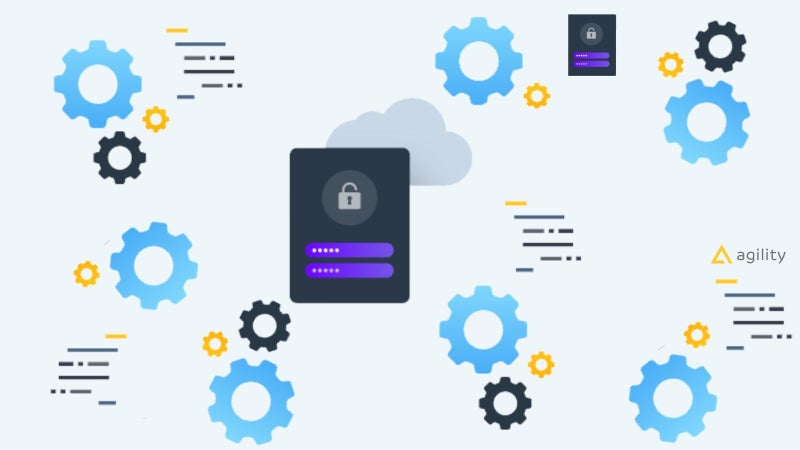
Step 4: Penetration
At this stage, all previous work is put into action and the organization’s system weaknesses are exploited.
With the system compromised, the team can move further into the attack and work to gain full access to the network.
Step 5: Gaining access
With the network compromised, the aim now is to gain full access to the admin side of the system, steal data, and intercept traffic.
This will allow testers to gauge how much damage they could truly cause which they can later report back to the business.
Step 6: Persistence
The purpose of this step is for the testers to determine whether they could continue to exploit system weaknesses to gain a persistent presence within the network.
The aim of this is to simulate an advanced cyber threat that could potentially circulate the company’s system for weeks or months. This sort of cyber-attack could be detrimental to an organization as it could gain access to its most sensitive data.
Step 7: Advance the attack
Once a persistent presence is obtained, it’s time for the tester to move through the network. By doing this they’ll discover new data and information which could be used against the organization.
The aim of this is to gain as much access and information as possible by imitating a real-life cyber-attack.
Step 8: Analysis
Once the network has been breached and the attack is complete, a full analysis of the test can be finalized.
A detailed report will be given to the company confirming the findings. This will make them aware of any weaknesses that were discovered, how much data was accessed, and the length of time the tester was able to access the system without being detected.
This analysis will help the organization fix any problems in their systems before they fall victim to a genuine cyber-attack. For example, the business may come to realize that choosing a headless CMS over a traditional one would give them a more resilient software structure, resulting in an increased security level.
Software Solutions
From data security to privacy and compliance, maintaining enterprise-grade security is an ongoing process. Agility CMS is a headless Content Management System that uses the leading platform Auth0 to ensure our entire authentication layer is standards-based and compliant with the latest certifications.
Final thoughts
The main aim of this guide is to make you aware of the importance of penetration testing. With the clear steps outlined above, you should now be able to conduct a valuable penetration test customized to your organization and network.
Do your research and find out which test would be most suitable for your needs. If you’re sitting there wondering “what is beta testing in software testing?”, look into it and determine whether it’s right for you.
It’s crucial to conduct penetration testing regularly to ensure any new weaknesses are identified and squashed as quickly as possible. While testing each year may meet your regulation requirements, you could potentially be leaving yourself open to a damaging attack that whole year.
So, be cautious. And remember, it’s better to be safe than sorry.
Bio:
Kate Priestman - Head Of Marketing, Global App Testing
Kate Priestman is the Head of Marketing at Global App Testing, a trusted and leading end-to-end functional testing solution for QA challenges and QA testing. Kate has over 8 years of experience in the field of marketing, helping brands achieve exceptional growth. She has extensive knowledge on brand development, lead and demand generation, and marketing strategy — driving business impact at its best. You can connect with her on LinkedIn.



